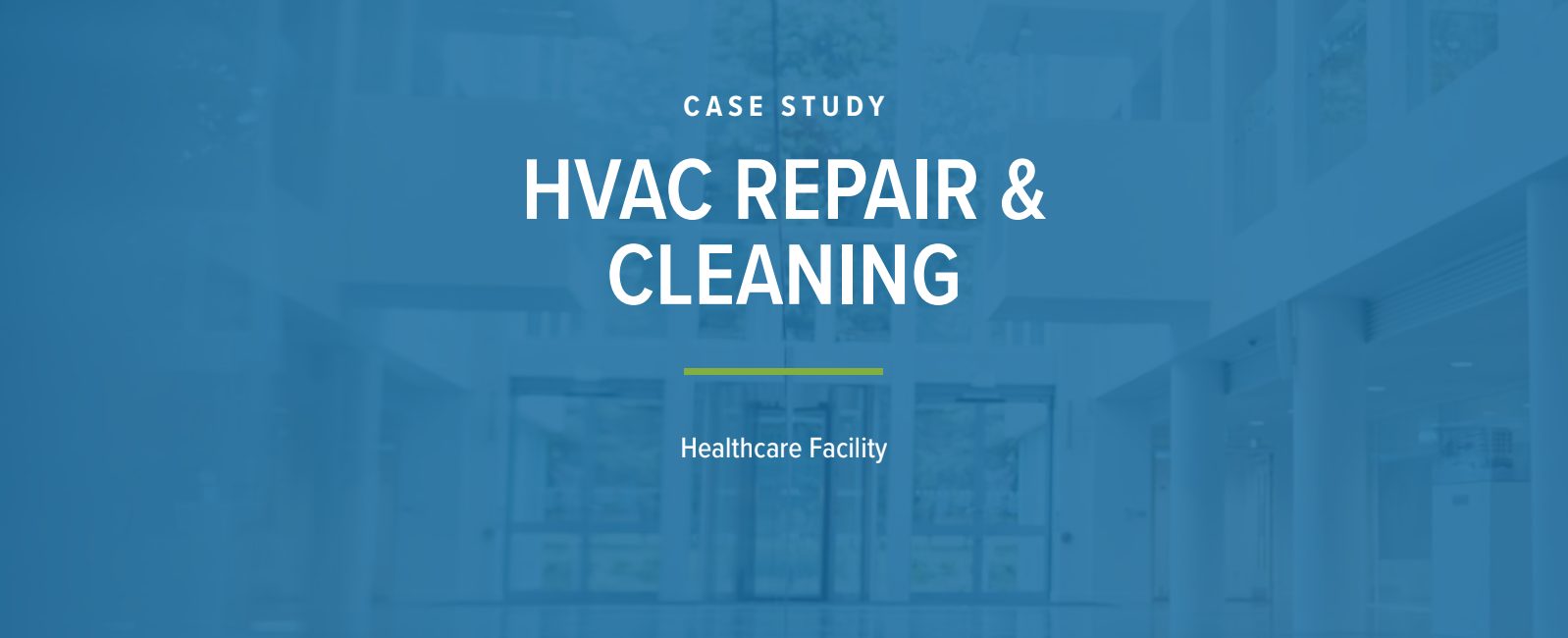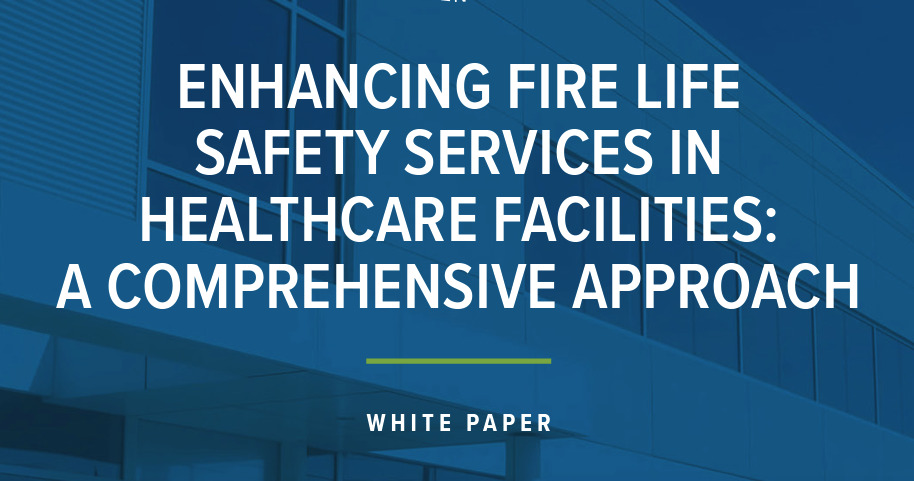- Careers
-
Search
- Call Us: 877-899-9867








With the right crew, attic insulation removal can be a quick process. Professionals can remove insulation from a 1,500-square-foot attic in four to six hours under ideal conditions. Factors that extend the removal time include excess amounts of debris, obstructions like pillars and piping, limited standing room, complications from asbestos insulation and inclement weather.
It’s best to hire a professional to remove your attic insulation, as they have the skills and resources to complete the project fast. Plus, they can safely remove and dispose of insulation containing harmful materials like asbestos. You’re better off using your time and energy on other tasks around the house or office while an insulation removal expert does what they do best.
As a general rule, it’s best to remove and replace your attic insulation every 10-15 years. The frequency will depend on many factors, including:
A contents inventory is a comprehensive list of all the items in your home or business. It is important to have a contents inventory in case of damage or loss caused by a disaster, theft, or other unfortunate events. A contents inventory will help you file an insurance claim accurately and quickly.
A total loss inventory is a detailed list of all the items that have been completely destroyed or lost due to a disaster, such as a fire or flood. It is used to help determine the value of the loss and assist in the claims process.
A contents inventory is conducted by a trained professional who will go through each room in your home or business and list all the items, including their descriptions, quantities, and estimated values. They may also take photographs or videos to document the condition of the items.
A contents inventory should include a detailed list of all items in your home or business, including their descriptions, quantities, and estimated values. It should also include the date of purchase, brand, model number, and any other relevant information. It is important to update the inventory regularly to include new items and remove any items that have been disposed of.
Fire life safety services are a range of services designed to protect people and property from the risk of fire. These services include fire risk assessments, fire suppression systems, fire alarm systems, emergency lighting, and evacuation plans.
Commercial buildings are required by law to have adequate fire protection systems and emergency procedures in place to protect employees, customers, and visitors. Fire life safety services help ensure that these systems and procedures are in place and functioning properly to prevent or minimize damage and injury in the event of a fire.
A fire risk assessment is an evaluation of a building’s fire hazards, potential risks, and current fire protection systems. The assessment identifies potential fire hazards and recommends measures to minimize or eliminate the risks, such as the installation of fire alarms, sprinkler systems, or emergency lighting.
A fire suppression system is a system designed to detect and extinguish fires automatically. It includes a network of pipes, nozzles, and sensors that are connected to a water supply or other extinguishing agent. When a fire is detected, the system releases the extinguishing agent to suppress the fire.
Heat treatment is a pest control method that uses hot air to eradicate insects and rodents. The process involves heating the affected area to a specific temperature for a set amount of time, typically between 120-140°F, which kills the pests and their eggs.
Heat treatment is effective for a variety of pests, including termites, bed bugs, mites, cockroaches, and rodents. It can also eliminate pests that have developed resistance to chemical treatments.
Yes, heat treatment is safe for humans and the environment. The process uses clean, hot air instead of harsh chemicals, making it a chemical-free, odorless, and eco-friendly solution for pest control. It adheres to all OSHA and environmental laws, ensuring safe and compliant operations.
The time it takes to complete heat treatment depends on the size and complexity of the affected area. However, heat treatment is typically a fast and efficient process, taking only a few hours to complete, unlike other pest control methods that could take days.
Infection control is the practice of preventing the spread of infectious diseases in commercial and public settings. It is important because it protects the health and safety of employees, customers, and the general public. Infection control measures can help prevent the spread of illnesses, such as COVID-19, and reduce the risk of legal claims.
An Infection Control Risk Assessment (ICRA) is a process used to identify potential sources of infection and assess the risks associated with them. It is commonly used during construction activities to mitigate the spread of airborne pathogens and other hazards. The assessment is conducted by trained professionals who evaluate the site and recommend appropriate control measures.
To improve indoor air quality, you can take several measures, such as regularly cleaning and maintaining your HVAC system, using high-quality air filters, and ensuring proper ventilation. You may also want to consider hiring a professional service provider who can conduct air quality testing and recommend appropriate remediation measures.
Physical barriers are temporary structures that are used to contain dust and other particulates generated during construction activities. Negative pressure is a technique used to create an inward airflow, which helps prevent the spread of contaminants to other areas. When combined, physical barriers and negative pressure can help control particulate dispersion and protect the health and safety of workers and occupants.
Facility directors and prime contractors have a legal obligation to provide a safe and healthy workplace for employees and customers. Failure to implement adequate infection control measures can result in legal claims, such as workers’ compensation claims, lawsuits, or fines from regulatory agencies. It is important to work with qualified professionals who can help you understand and comply with relevant regulations and guidelines.
Drywall damage can be caused by a variety of factors, including water damage, mold growth, impact damage, and general wear and tear over time.
In many cases, damaged drywall can be repaired instead of fully replaced. However, this depends on the extent of the damage and the location of the damage. A professional assessment can help determine the best course of action.
A professional drywall restoration service will take care to match the restored area with the surrounding drywall as closely as possible. However, there may be slight variations due to differences in paint color or texture.
Drywall restoration may be covered by insurance, depending on the cause of the damage and the specifics of the insurance policy. It is important to review your insurance policy and speak with your insurance provider to understand what is covered.
Traditional demolition typically involves the complete demolition of a building or structure, while soft demolition is a more targeted approach that involves the removal of specific components or areas of a building or site. Soft demolition is often used when there is a need to preserve certain parts of a building or site, such as historic or architectural features.
Soft demolition can be used for many types of buildings or structures, including commercial, industrial, and residential buildings. It is particularly useful for buildings with historic or architectural value, where the preservation of certain features is desired.
One potential challenge of soft demolition is that it can take longer to complete than traditional demolition, particularly if the process is being done manually. Additionally, it can be more difficult to estimate the cost of soft demolition since it is often customized to fit the needs of each individual project.
Yes, permits are typically required for any type of demolition or site clearing project. The specific requirements vary depending on the location and type of project, so it is important to consult with local authorities and obtain all necessary permits before beginning any work.
In some scenarios, you may desire to leave cleaning work to your crews or do the job yourself. However, hiring a professional company provides more safety and ensures the highest quality of work. Many abatement jobs require specialized skills and equipment to protect workers and contain threats. These services also involve entering contaminated and hard-to-reach spaces. A professional team has the necessary certifications to do every job safely, quickly and effectively.
If you’re looking for a professional company to remove contamination from your industrial building, rely on Alliance Environmental. We are a leading abatement company in the Western United States. You can trust our experienced management and leadership team to guide every project for the best success.
We have over 25 years of experience and a commitment to finding innovative equipment to tackle every job. With 13 convenient locations across California, Arizona, Nevada and Washington, we are always in your area and ready to serve you.
All commercial services begin with a free consultation where you can discuss your needs. We will explain the necessary procedures to address your situation. Then, our team can visit your location and address your cleaning needs. We work thoroughly and efficiently so you can resume normal operations as soon as possible. During the project, we strive to protect your facility and preserve what we can.
The answer often depends on your situation. If you have concerns about your facility, you can speak with Alliance Environmental for expert advice. Environmental services often apply to older buildings. Air quality services usually require periodic treatment for health and equipment protection. Other services, like crime scene cleanup, depend on specific scenarios.
Some services need regular treatment, like HVAC or restaurant ventilation systems. Other scenarios only require our involvement once, like completing lead abatement when you purchase or renovate an older building. If you’re unsure, our experts can recommend one-time or routine services.
With proper maintenance, your HVAC system should last about 10 to 15 years. After this point, the equipment will likely suffer more frequent breakdowns and create higher energy bills. If the repair costs exceed half the price of a new system or you have recurring issues with inconsistent heating and cooling, you should consider a replacement.
Installation may take one day to a week, depending on your building’s size and the system’s complexity. An expert installation company like Alliance Environmental can complete the job with minimal downtime.

















AIRTEK
MINTIE
COAST ENVIRONMENTAL
PACIFIC HVAC
ARE NOW A PART OF THE ALLIANCE ENVIRONMENTAL GROUP!
New name, same great service – plus, an array of new service offerings!